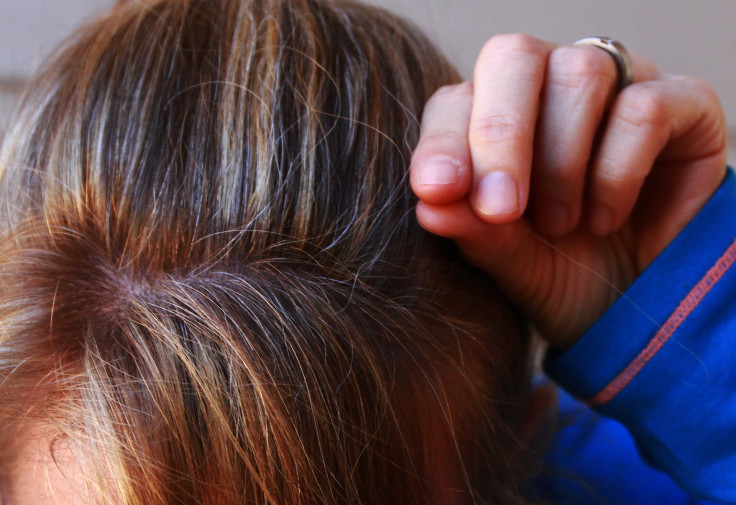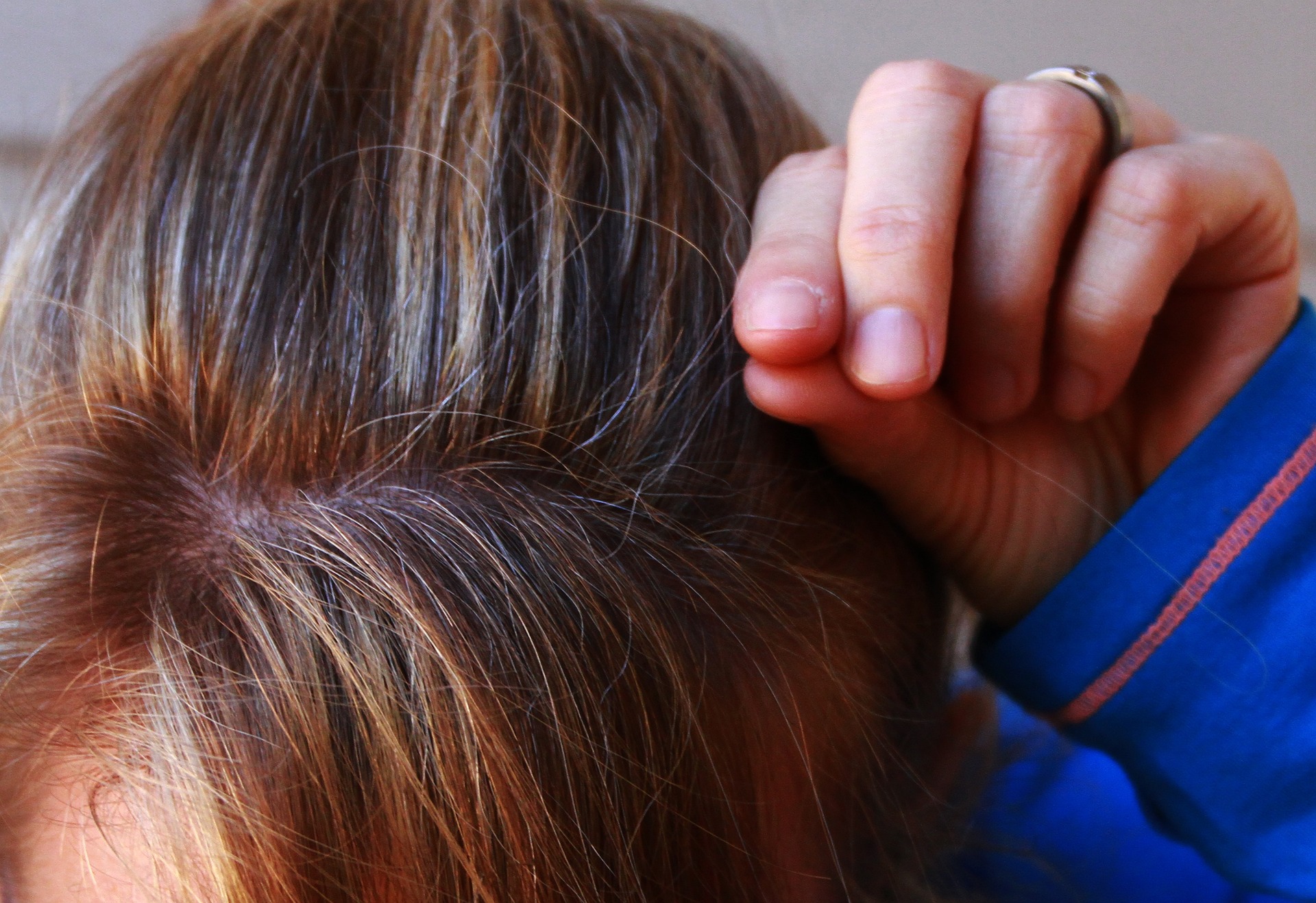Greying of hair is one the most dreaded phenomenon associated with age. It seems scientists have now cracked the code on what leads to the condition, creating scope for more effective treatments in the long run.
A team of researchers from New York University (NYU) found that some “stuck” cells could be behind the greying of hair.
The study, published in Nature Journal, showed that with age, the pigment-making cells that give hair its color lose their ability to mature. And this arrested growth leads hair to lose its color and turn grey.
“Our study adds to our basic understanding of how melanocyte stem cells work to color hair,” study lead Qi Sun, of New York University, said. “The newfound mechanisms raise the possibility that the same fixed-positioning of melanocyte stem cells may exist in humans. If so, it presents a potential pathway for reversing or preventing the greying.”
People usually start to discover grey hair around the age of 35 but the process can start early. An adult human sheds hair throughout life, and the lost hair grows back from the follicles – a pore around the root of the hair – in the scalp. Melanocytes also reside in these follicles. They die and regrow from melanocyte stem cells (McSCs) – the “stuck” or growth-impaired cells, which become sluggish due to hair shedding and regrowing, BBC reported.
Scientists said as the hair sheds and grows back, a pool of dormant McSCs gets stuck in the stem cell compartment, leading to hair discoloration.
“It is the loss of chameleon-like function in melanocyte stem cells that may be responsible for greying and loss of hair color,” said Professor Mayumi Ito, who was part of the study. “These findings suggest that melanocyte stem cell motility and reversible differentiation are key to keeping hair healthy and colored.”

Pixabay


